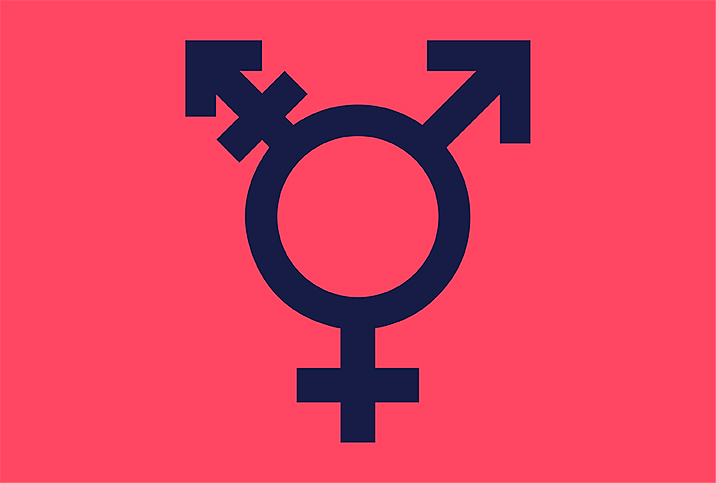The Difference Between Dysmorphia and Dysphoria

Being upset with your self-image on occasion is normal. However, if you are preoccupied to the point that you can no longer complete daily tasks or feel that it's impacting your resting mood, something more serious may be at play. Knowing exactly what you're dealing with can lead to prompter and more effective treatment before your feelings evolve to dangerous extremes.
What is dysmorphia?
Dysmorphia is a mental disorder in which a person focuses on fixing a perceived flaw in their appearance, even if the flaw goes generally unnoticed by others. It can lead to embarrassment, anxiety, shame and depression, and may cause you to avoid social situations.
There are different kinds of dysmorphia, but they all indicate a person's unhappiness with some aspect of their body.
Body dysmorphia
The most common form of dysmorphia, body dysmorphic disorder (BDD), is when a person obsesses over the appearance of a specific body part. If you have body dysmorphic disorder, you may go to extremes to alter a body part and spend hours each day thinking about what you believe to be a flaw.
Muscle dysmorphia
Muscle dysmorphia is a condition in which a person thinks they're the "wrong" size or shape, so they spend hours in the gym trying to achieve a muscular physique that may not even be possible. If you have muscle dysmorphia, you may frequently visit the gym, use steroids, forgo activities to visit the gym, avoid mirrors or check mirrors often, or have a fear of being small.
Facial dysmorphia
Facial dysmorphia is a condition in which a person has a distorted perception of their face. If you have facial dysmorphia, you may try to hide your face with hair, makeup or accessories. You might even consider plastic surgery as a fix.
Dysmorphia can affect anyone, potentially stemming from a range of causes, including low self-esteem, bullying, perfectionism, genetics, depression, anxiety and obsessive-compulsive disorder (OCD).
Treating dysmorphia
Dysmorphia can't be cured, but it can be treated.
For more mild cases, a commitment to changing your habits can help. Avoid comparing yourself to others, including staying away from social media. Finding a support group or spending time with supportive friends can also help.
Ultimately, cognitive behavioral therapy (CBT) with a mental health professional may help you retrain your mind to think positively and constructively. Additionally, may also be prescribed antidepressants to help ease any anxiety and depression that may accompany your dysmorphia.
What is dysphoria?
Dysphoria is the state of feeling unhappy or unwell. It's typically considered a symptom of mental illness, but there are two types that can lead to self-image problems.
Gender dysphoria
Gender dysphoria is a condition in which a person feels a disconnect between how they feel and how they look. It commonly affects nonbinary, gender nonconforming and trans people. Because people in these communities have a different gender identity than the gender assigned to them at birth, they feel as though their body does not accurately portray who they are as a person. Gender dysphoria often results when a person must dress or present outwardly as their assigned gender, or when they feel their primary or secondary sexual characteristics impede their gender expression.
Premenstrual dysphoric disorder
Premenstrual dysphoric disorder (PMDD) is related to premenstrual syndrome, often described as a more extreme version of that condition. Symptoms include irritability, depression, anxiety, moodiness and poor self-image. Symptoms start a week or two before your period starts and stop two to three days after your period begins.
Treating dysphoria
Gender dysphoria is a nuanced and deeply personal experience with no easy remedy. While gender-affirming procedures and treatments like hormone replacement therapy (HRT) may help ease some dysphoria, they are not likely to eliminate the issue. Mental and emotional relief are more likely to come from therapy with a qualified and supportive professional, as well as working through your thoughts and feelings on your own. Because gender dysphoria is often triggered by interactions with transphobic people or communities, having a supportive network can make a critical difference.
Symptoms of premenstrual dysphoric disorder can typically be managed with exercise, a healthy diet and time spent with a support system. If these don't work, antidepressants can also help treat symptoms.
Knowing the difference between dysmorphia and dysphoria, and how to treat both, can allow you to stop a self-image problem before it becomes serious. If it has already become serious, take appropriate steps now and seek professional medical advice.


















